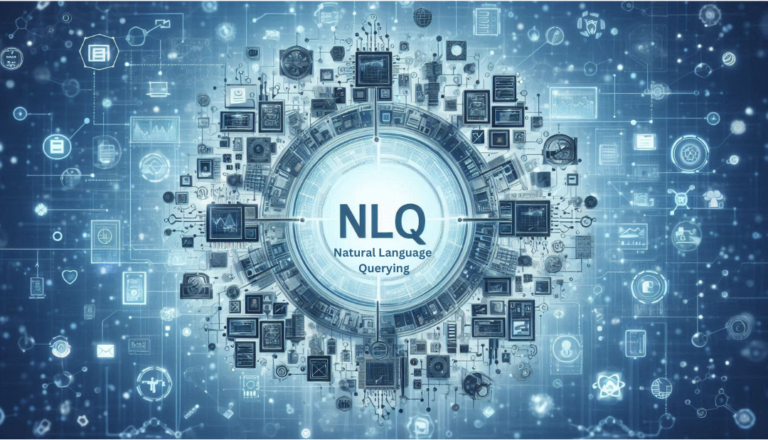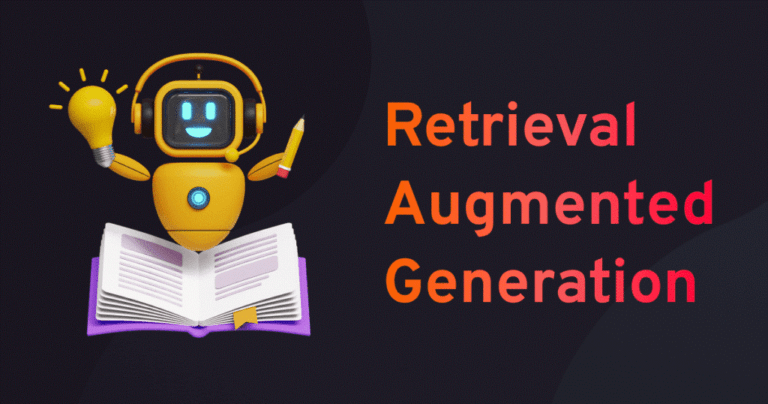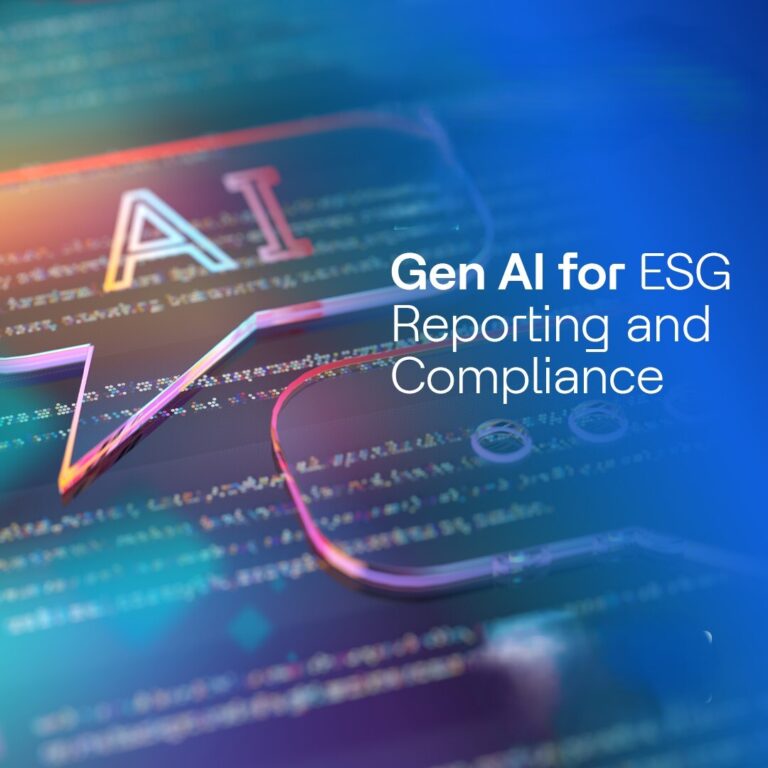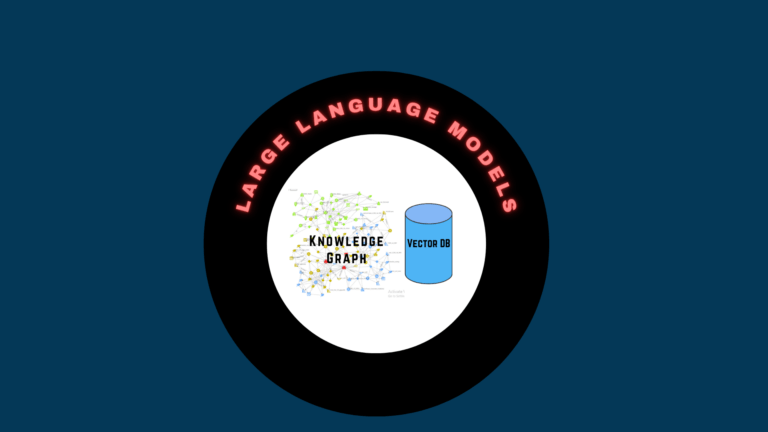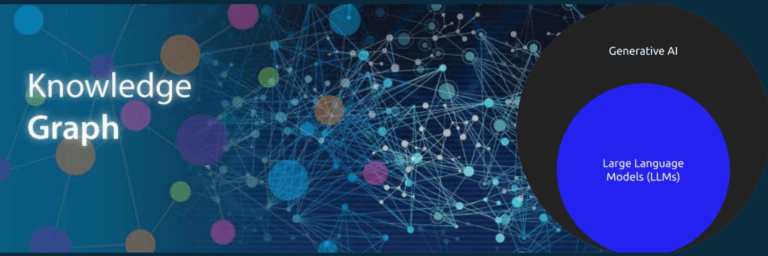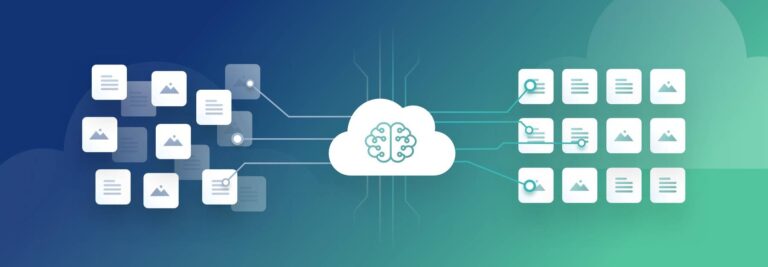Do you ever want to ask a computer a question like, ‘Who joined our company this year?’ only to be stumped with how to use the system correctly? Most individuals encounter this when attempting to extract data from applications such as SAP that large organizations employ in managing people and organizational activities.
Business decisions require managers to access data that is stored in various databases. However, many a time, accessing or even interfacing with these systems can be quite technical and done
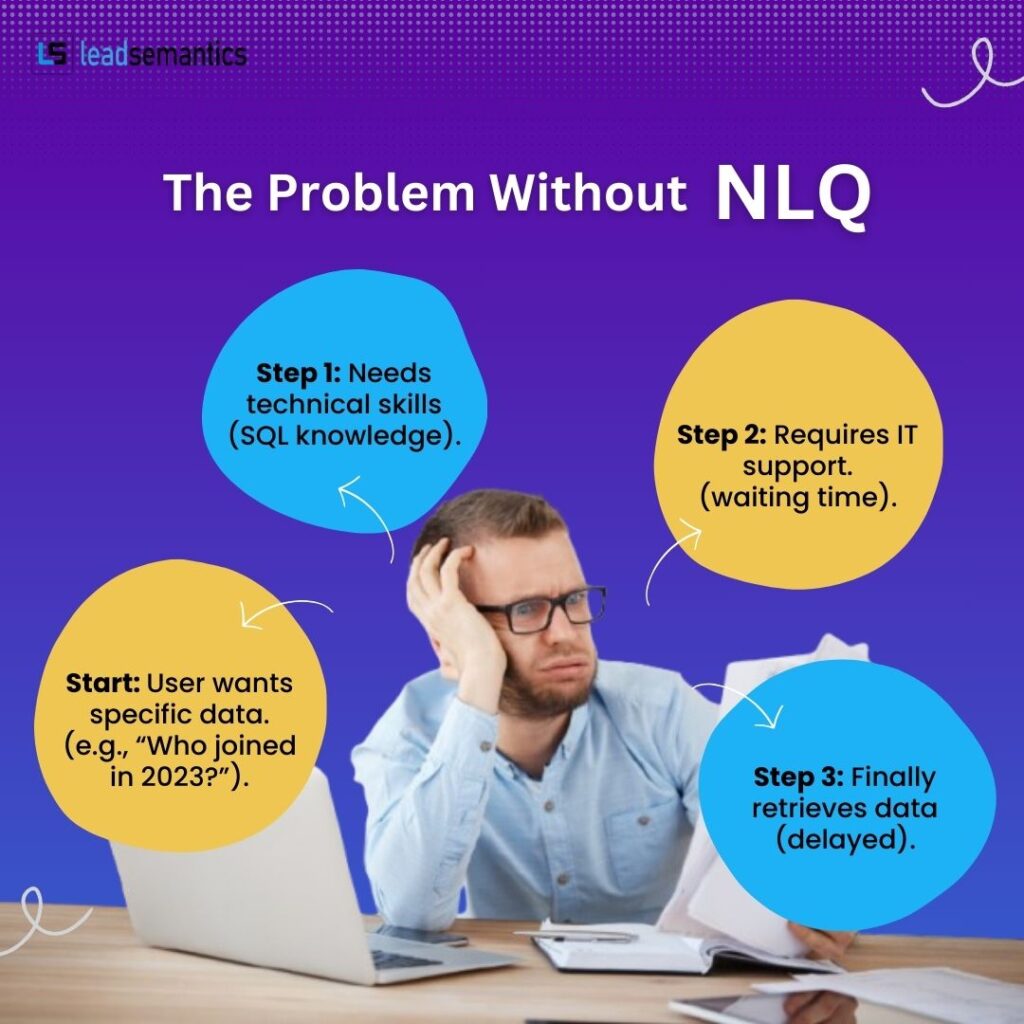
using tools such as the structured query language or SQL. As it becomes rather complicated if one is not a technical person, this puts a lot of inconvenience for people who would wish to use the data.
What is Natural Language Querying?
NLQ is the technique in which users can pose questions on a database in plain language instead of the technical language that is used in other methods. Here’s how it works:
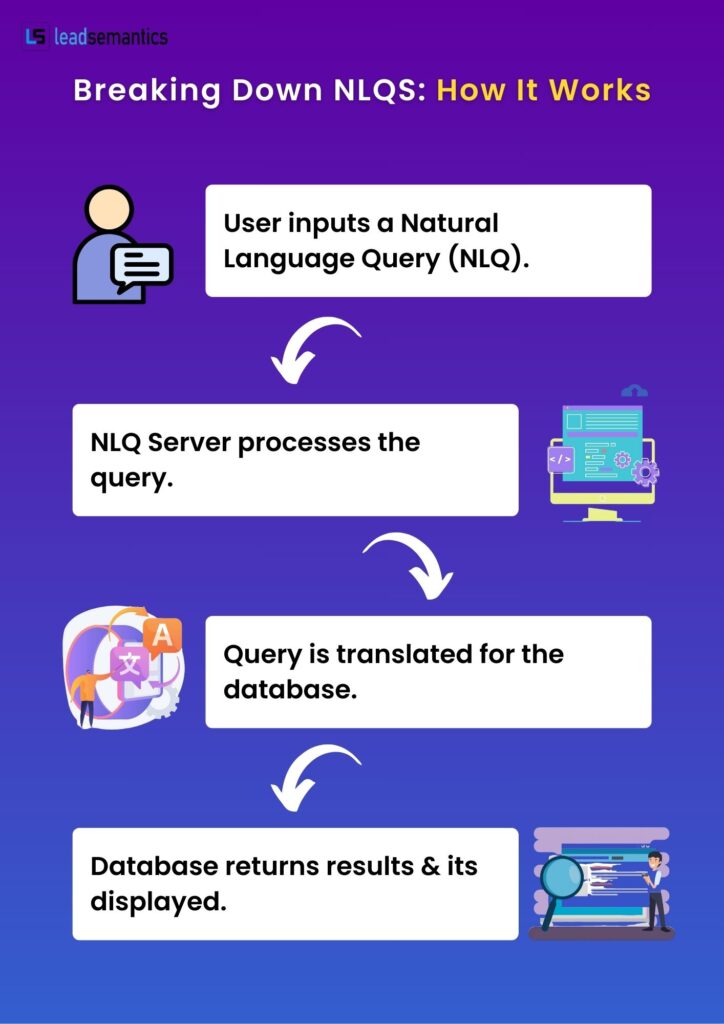
- Input query:
End users enter a query in the natural language that resembles the following query: “Get me all the employees in the company hired in 2023.”
- Output of the Query:
The NLQ system converts the question into a format that is recognizable by the database or enterprise systems like SAP.
- Database Interaction:
Using APIs, the SAP system consumes the translated query to access the correct data in its database.
- Deliver Results:
The system displays the answer in a friendly manner that is convenient, for instance, in the form of a table or a graph.
This approach is used with any database: SAP, MySQL, SPARQL databases, GrapQL databases, OData APIs, JSON APIs, etc.
Why It Matters for Business Systems?
Most companies depend on some forms of systems, such as SAP, to handle critical processes. Such systems accumulate massive volumes of information about workers, finances, supplies, and much more.
For example, when HR is managing their organization’s employees, there may be many different reports that are necessary for the specific team, such as trends in hiring employees, the status of training, and performance indices. Historically, obtaining this information entails understanding some specialized techniques, which is time- and effort-consuming.
Questions posed using NLQ can be posed by the HR teams independently and do not need involving the IT departments, hence enough time saved.
The Technology Behind the Scenes.
Every Natural Language Query system typically interfaces with databases through the use of APIs or application programming interfaces. These APIs serve as a bridge and allow a reliable and effective transmission of information between the calling system and the data owner.
For instance, NLQ tools are meant to filter data such as employee profile, business records as well as performance indicators out of enterprise systems APIs. This integration facilitates the achievement of providing prompt and accurate information to the users with less struggle.
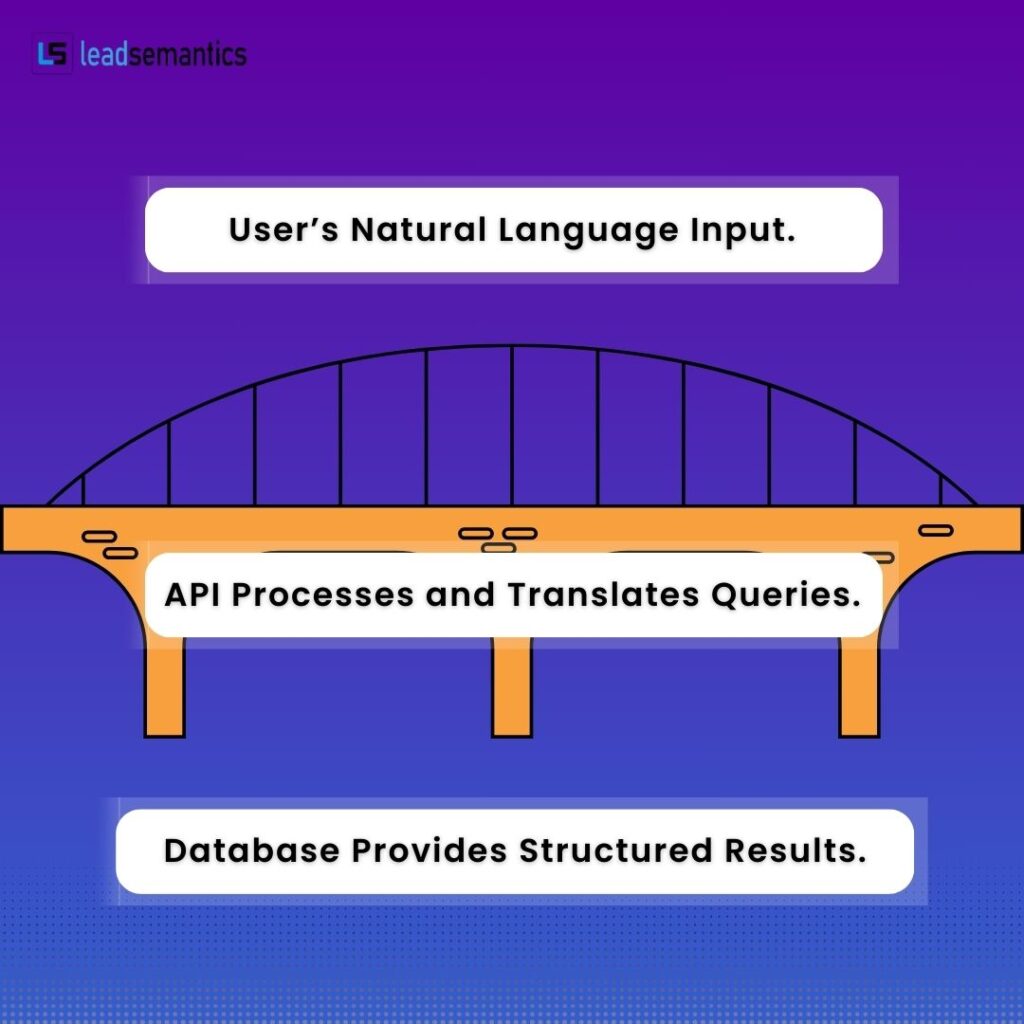
Advantages of NLQ to Businesses.
- Ease of Use: There are no particular technical demands when it comes to issuing intricate data.
- Time Savings: Saves the time that would otherwise be taken waiting for IT teams to compile their reports.
- Improved Decision-Making: Teams can then use real-time information when making decisions.
- Scalability: It can work in any of the multiple databases and the functional sectors of a business entity, making it useful in any business environment.
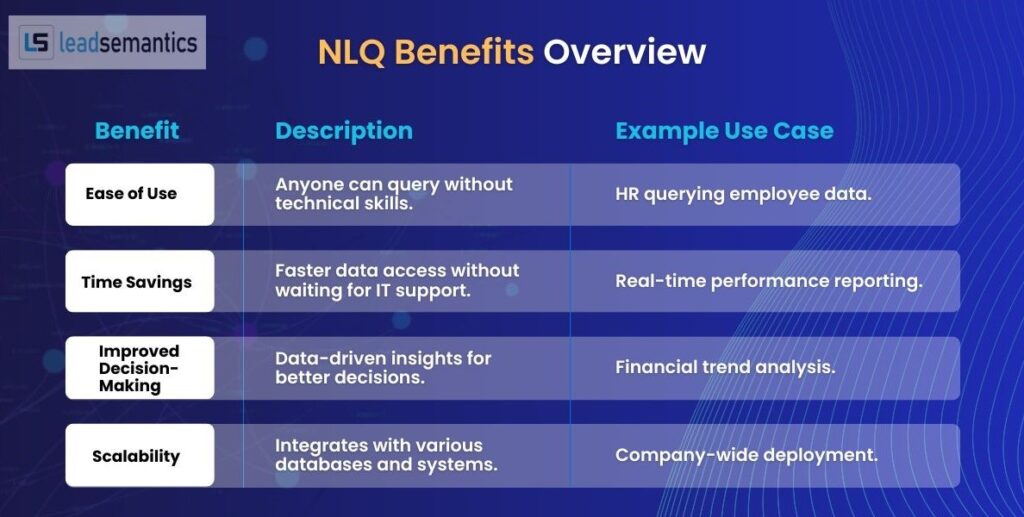
A Practical Tool: TextDistil-NLQ Server.
An example of one such tool that makes data querying easier is TextDistil-NLQ Server. It turns entered text or speech into structured database queries and links to SAP, MySQL, SPARQL databases, GraphQL databases, OData APIs, JSON APIs and others.
Since it easily interfaces with enterprise systems, it promotes access to data without information technology intervention.
Simplify data access with TextDistil and advanced AI-driven solutions. Learn more at www.leadsemantics.com or email info@leadsemantics.com.


